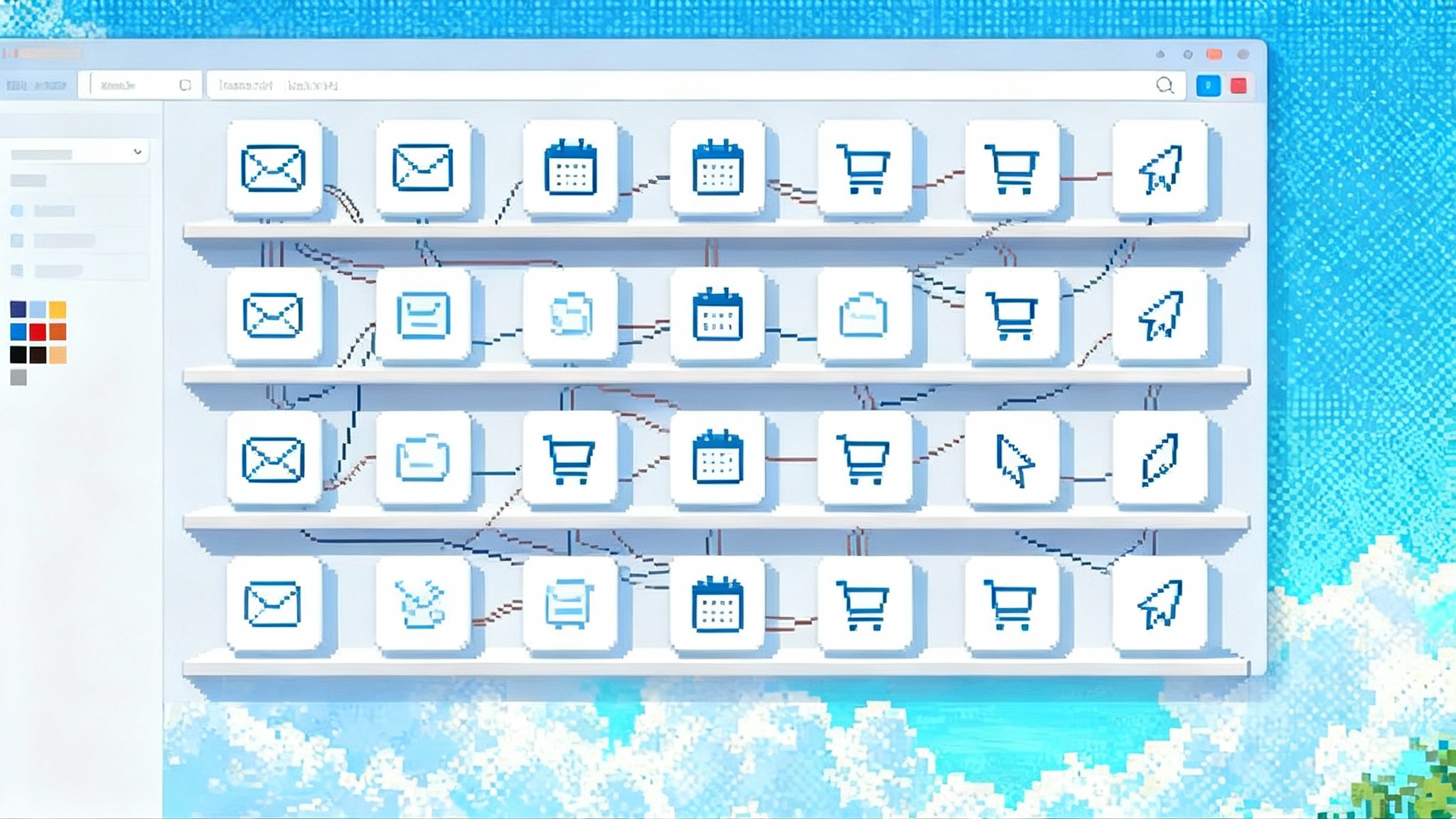The USB-C Moment for AI Agents: Vertical MCP Ships
A wave of vertical Model Context Protocol servers has jumped from demos to production, giving AI agents safe verbs, typed results, and real governance. Here is what shipped, how it works, and how to pick the right stack.

Summary: The article describes the emergence of vertical MCP servers integrated into production environments, outlining what shipped, how MCP works, and how to choose a stack. It covers the plug-and-play moment for agents, three MCP server properties (capability shape, safety envelope, shared context), architectural patterns (data plane first, control plane first, transactional ops first), practical steps for building an MCP-enabled workflow, security considerations, and a buyer’s guide for selecting vertical MCP servers, as well as future outlook and market trends.








